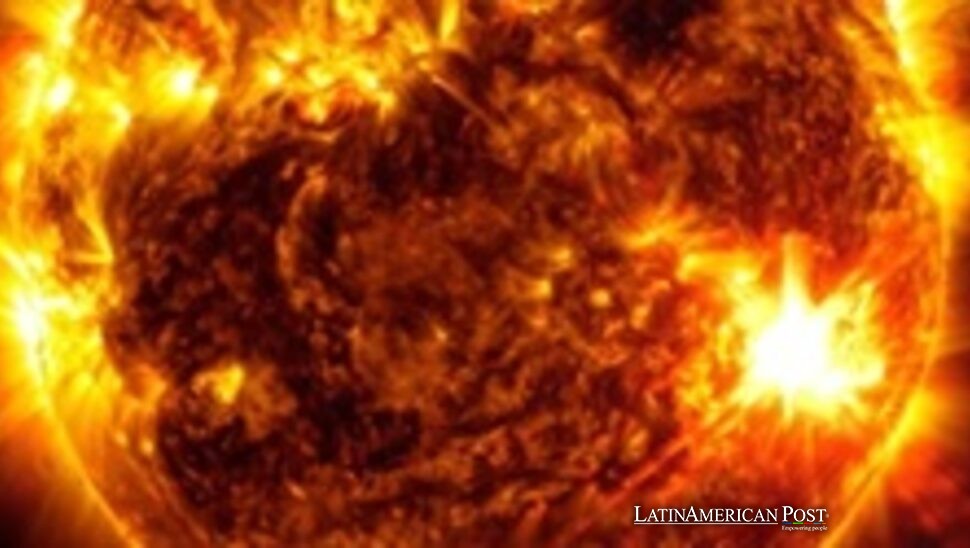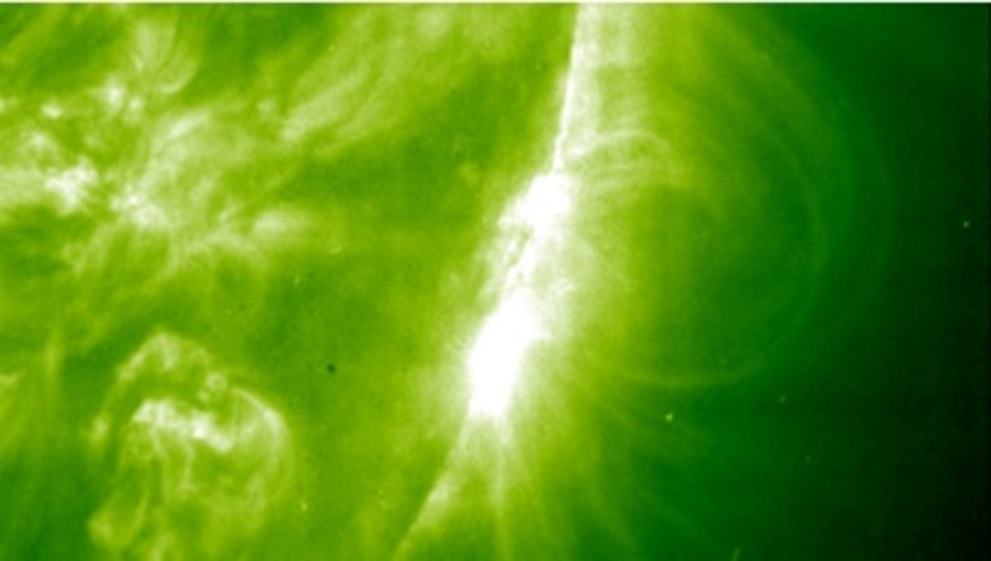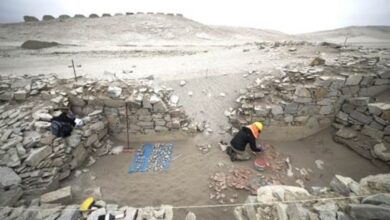Peru’s Giant Radar Detects Incoming Solar Storm Surprises

Peru closely monitors a massive solar storm using the world’s largest ionospheric radar. Over the next few days, experts will collect data on potential electromagnetic impacts, highlighting the country’s important role in space weather research.
A Radar Like No Other
Peru’s cutting-edge ionospheric radar stands tall in the district of Lurigancho-Chosica, east of Lima. Specialized equipment transmits high-frequency radio signals upward to gauge activity in the upper atmosphere. This extraordinary installation places Peru at the forefront of global efforts to track and study space weather events—especially large-scale solar storms. Geophysics expertise in the nation is growing as well, and this is a result. The region’s location near the equator provides a valuable place for cosmic phenomena monitoring.
The radar functions by bouncing signals off ionized particles in the upper atmosphere. Echo changes from the signals can show electron density and temperature, as well as magnetic field variations. Scientists can interpret these fluctuations to detect early signs of incoming space weather impacts, such as geomagnetic storms triggered by solar activity. The Peruvian team is on high alert with a powerful solar eruption currently in progress, and they are expecting potentially significant perturbations over the next several days.
The Solar Storm Threat
This week, NASA announced that its instruments spotted a massive solar storm spanning roughly a million kilometers in diameter. The storm could accelerate a barrage of charged particles and energy toward Earth. Such blasts, also known as coronal mass ejections or solar flares (depending on their characteristics), can spark geomagnetic storms—disruptive events in our planet’s magnetic field. Though Earth’s atmosphere and magnetic shield generally protect life on the surface, these disturbances pose serious threats to electronics, power grids, and communication networks.
Solar storms unfold when the Sun’s tangle of magnetic fields twist and snap—a process called magnetic reconnection. In simpler terms, the Sun’s equator rotates faster than its poles, causing solar magnetic lines to coil. These lines become so contorted that they break and rapidly release enormous energy into space. If Earth sits in that energy’s path, satellites may malfunction, radio transmissions can suffer blackouts, and dazzling auroras could appear near the poles.
NASA found this storm. That event is essential during the current solar cycle, lasting eleven years. The cycle may be at its highest point. The Peruvian Geophysical Institute and other scientific organizations are preparing for possible significant results. They are making specific mitigation steps, and observations are available. This is done if an electromagnetic disturbance or a geomagnetic disturbance happens.

NASA@SDO2
Peru’s Ongoing Vigilance
According to local scientists, the next five days are critical. The IGP’s geospatial division is watching for ways these bursts of solar energy could affect conditions around Earth’s equator. Often, people associate auroras with regions far from the equator, but vigorous solar activity can push these luminous displays farther toward mid-latitudes. Although Peru is unlikely to experience an aurora, the data captured may help refine global models of how storms propagate, particularly across equatorial zones.
Specialized instruments at the Lurigancho-Chosica facility can detect subtle shifts in the ionosphere. If the storm’s electromagnetic interference arrives in full force, scientists expect a treasure trove of data that could aid research institutes worldwide. Past solar events have illustrated that electromagnetic disturbances can hamper satellite-guided navigation, disrupt radio communications, and even damage electrical power grids if currents induced in the Earth strike transformers. Observing the event during its occurrence is essential. It provides clues about where weaknesses are present. This also includes information on how to protect current technology from solar activity.
The storms do not directly hurt people on Earth. They show our increasing reliance on satellite systems and digital networks. By monitoring the unfolding event, Peruvian researchers aim to provide updates that could inform risk assessments for aviation routes, power utilities, and telecommunications networks. In effect, Peru’s effort is a microcosm of an international wave of readiness: astronomers, geophysicists, and data modelers pool observations to handle better the potential chaos a mega-solar storm can unleash.
The Solar Cycle at Its Peak
Solar cycles last around 11 years, featuring minimal and maximal activity phases. During quiet periods, sunspot counts drop, and large-scale solar flares are uncommon. But in the active phase—often called the solar maximum—the Sun can bombard the solar system with frequent, potent flares and coronal mass ejections. Astronomers calculate that we are currently near the apex of this cycle.
During these peaks, the probability of encountering severe geomagnetic storms surges. For geoscientific communities, such storms represent both a challenge and an opportunity. While the chance for satellite disruptions and radio interference grows, so does the opportunity for groundbreaking data collection. Institutions like the IGP are refining our ability to forecast space weather events by tracking every electromagnetic ripple during a storm’s approach. Improved forecasts could prompt quick precautions—like moving satellites out of harm’s way or issuing warnings to power companies to help protect essential infrastructure.
A positive aspect is the possibility of disturbance. Every instance of significant solar activity adds to what we understand about Earth’s nearby space area. The knowledge gained helps create better electronics. As a result, better satellites and complete land systems capable of withstanding the subsequent space-based discharge are possible.
The Intricate Dance of Sun and Earth
Solar storms have an interesting side despite their potential dangers. They show the complicated relationship between the Sun and Earth. Earth’s place in the solar system is not fixed; it is changing. In Peru, the radar stays ready. Scientists prepare for some possibly stormy days. When powerful solar winds arrive, the information obtained will help grow understanding of magnetic reconnection, ionospheric reactions, and methods to keep modern infrastructure safe.
Also Read: Amazon’s Lost Civilizations Finally Uncovered Through Lasers And Unlikely Breakthroughs
The combination of complex technology and the uncertain nature of space highlights the importance of teamwork across different fields. People with knowledge in astrophysics, engineering, atmospheric science, and telecommunications work together to study the complicated details of one solar eruption. In so doing, Peru demonstrates its growing reputation as a scientific hub in Latin America, leveraging its unique geography and high-caliber research facilities to help the international community navigate—and celebrate—the ever-changing moods of our nearest star.





